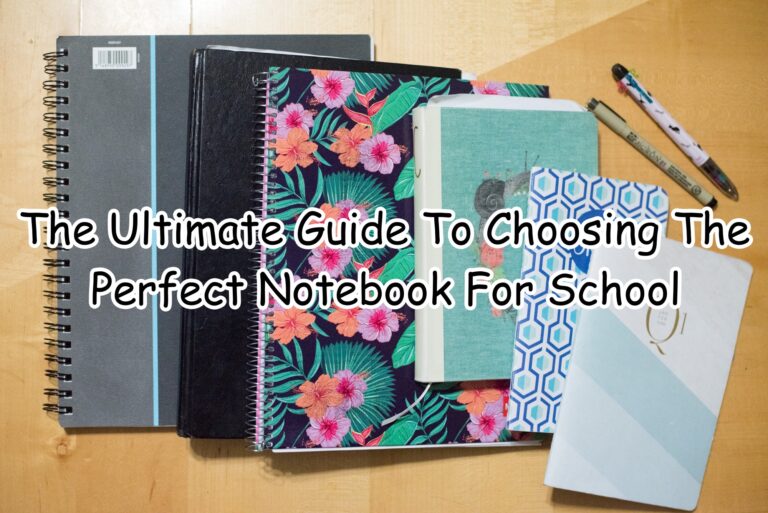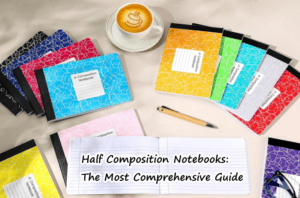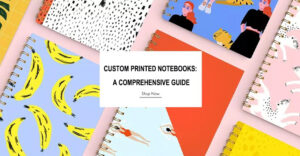Notebooks have long been a staple in classrooms and lecture halls, serving as a platform for students to record important information, ideas, and insights. They offer a physical space for students to engage with their studies, enhancing their ability to retain information and fostering a deeper understanding of the subject matter. In recent years, notebooks have evolved, incorporating features like dividers, removable pages, and even digital integration, providing students with more options and flexibility.
As a student, finding the right notebook for school is crucial for staying organized, taking effective notes, and achieving academic success. With numerous options available in the market, it can be overwhelming to choose the perfect notebook for school that meets your needs. This comprehensive guide will walk you through everything you need to know about selecting the ideal notebook for school, ensuring you make an informed decision.
1. Factors to Consider When Choosing a Notebook for School
Choosing the right notebook for school involves considering various factors to ensure it meets your specific requirements. Here are the key factors to keep in mind:
1. Paper Quality

The quality of paper is crucial as it directly impacts the writing experience, durability, and ink bleed-through. Look for notebooks with high-quality, thick paper that minimizes ink bleeding and provides a smooth surface for writing.
2. Size and Format

Consider the size and format of the notebook based on your preferences and intended use. Common sizes include letters (8.5″ x 11″), A4, and A5. Additionally, you can choose between spiral-bound, hardcover, or softcover notebooks, depending on your needs.
3. Page Ruling
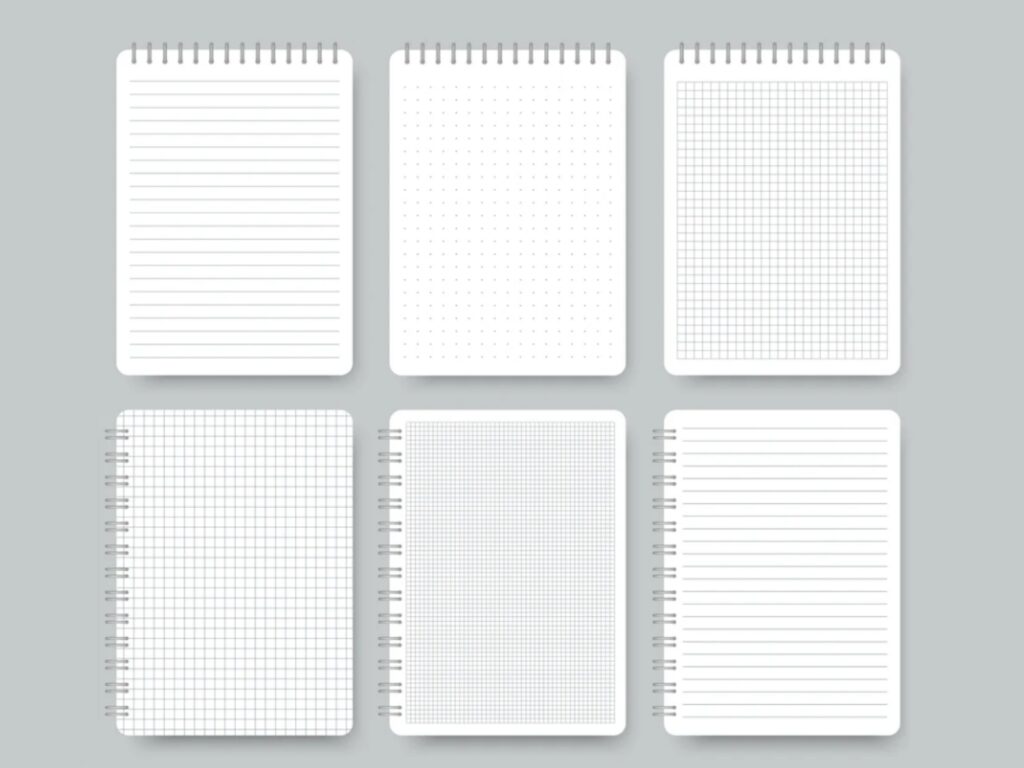
Page ruling refers to the pattern or lines on the notebook’s pages. The ruling you choose should align with your note-taking style and the subjects you study. Popular options include wide-ruled, college-ruled, dot grid, and blank pages.
4. Binding Type
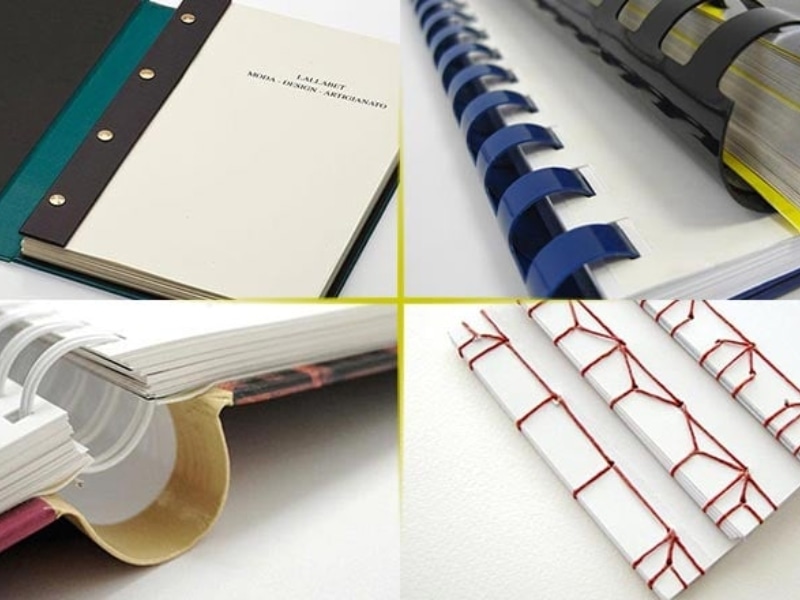
The binding type determines how securely the pages are held together. Common binding options include spiral-bound, sewn-bound, and glue-bound. Consider the binding type based on how frequently you’ll use the notebook and the flexibility required.
5. Cover Material
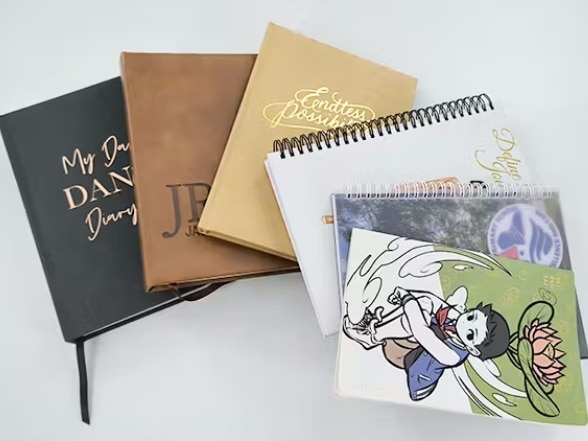
The cover material influences the durability and aesthetics of the notebook. Common cover materials include cardboard, plastic, and leather. Choose a cover material that suits your style and withstands wear and tear.
6. Additional Features
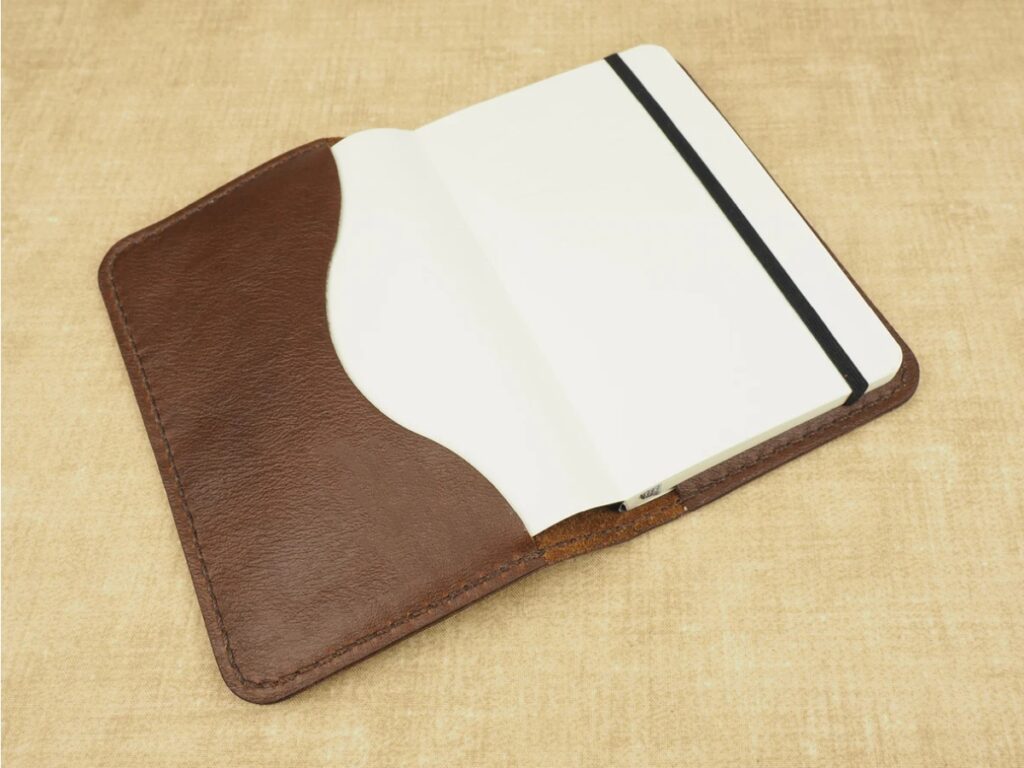
Some notebooks offer additional features to enhance usability and organization. Consider features such as pockets, dividers, elastic closures, and pen holders based on your specific needs.
7. Brand Reputation

Opting for notebooks from reputable brands ensures quality and reliability. Research and read reviews about different brands to find the ones that consistently deliver high-quality products.
8. Price

While price is an important factor, it should not be the sole determinant. Consider the overall value and quality of the notebook rather than solely focusing on the price tag. Remember that investing in a good quality notebook can save you from the frustration of using a subpar one.
Now that you are aware of the key factors to consider when selecting a notebook for school, let’s explore some popular types of notebooks that students often find useful.
2. Types of Notebooks
In the fast-paced world of education, having an effective tool for note-taking and organization is crucial for students. Notebooks for schools provide a tangible and versatile solution to capture ideas, thoughts, and knowledge. From traditional paper notebooks to digital note-taking apps, there are various options available to cater to individual preferences and learning styles.
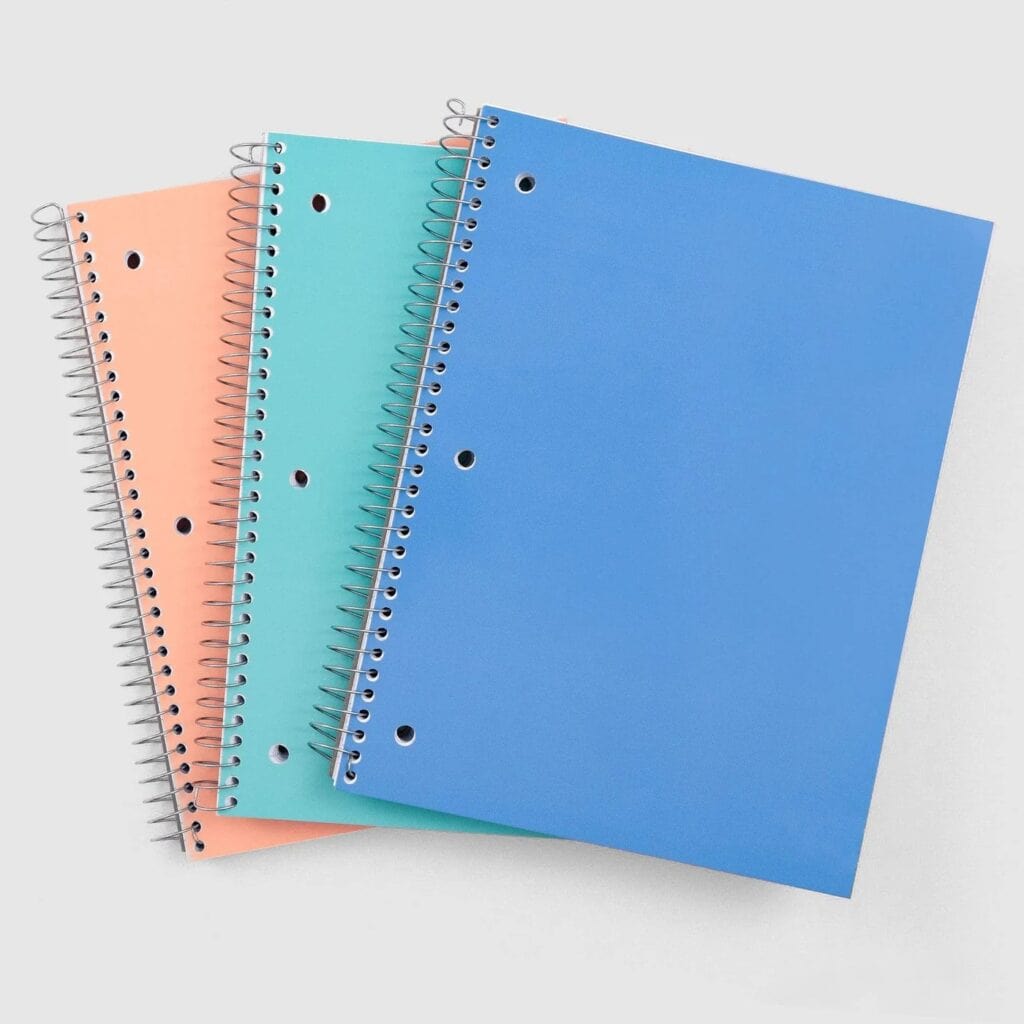
Spiral Notebooks: Spiral notebooks are widely used and easily available. They have a spiral binding that allows pages to be flipped easily. They come in various sizes and ruling patterns such as wide-ruled, college-ruled, or grid.
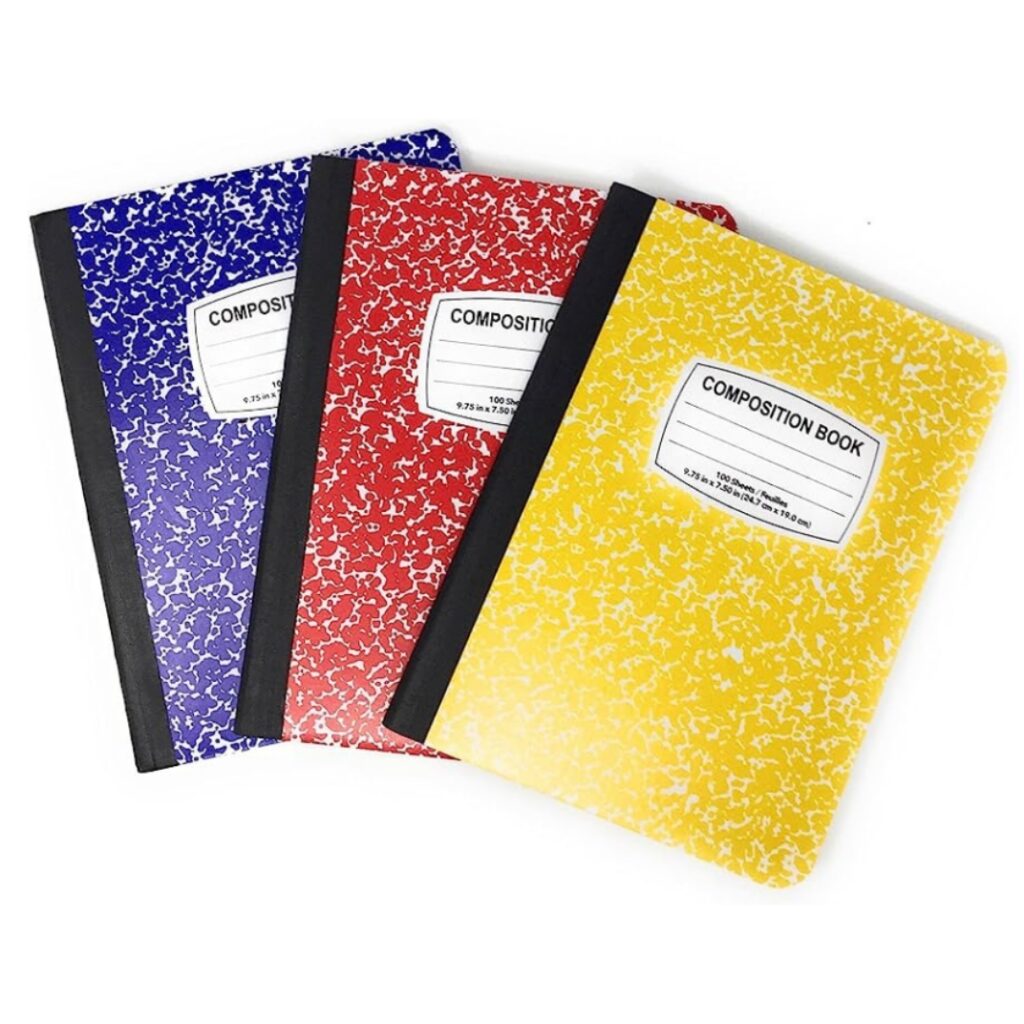
Composition Notebooks: Composition notebooks have a sturdy cover and sewn or glued binding. They are known for their durability and are often used for long-term note-taking. They typically have ruled or grid paper.
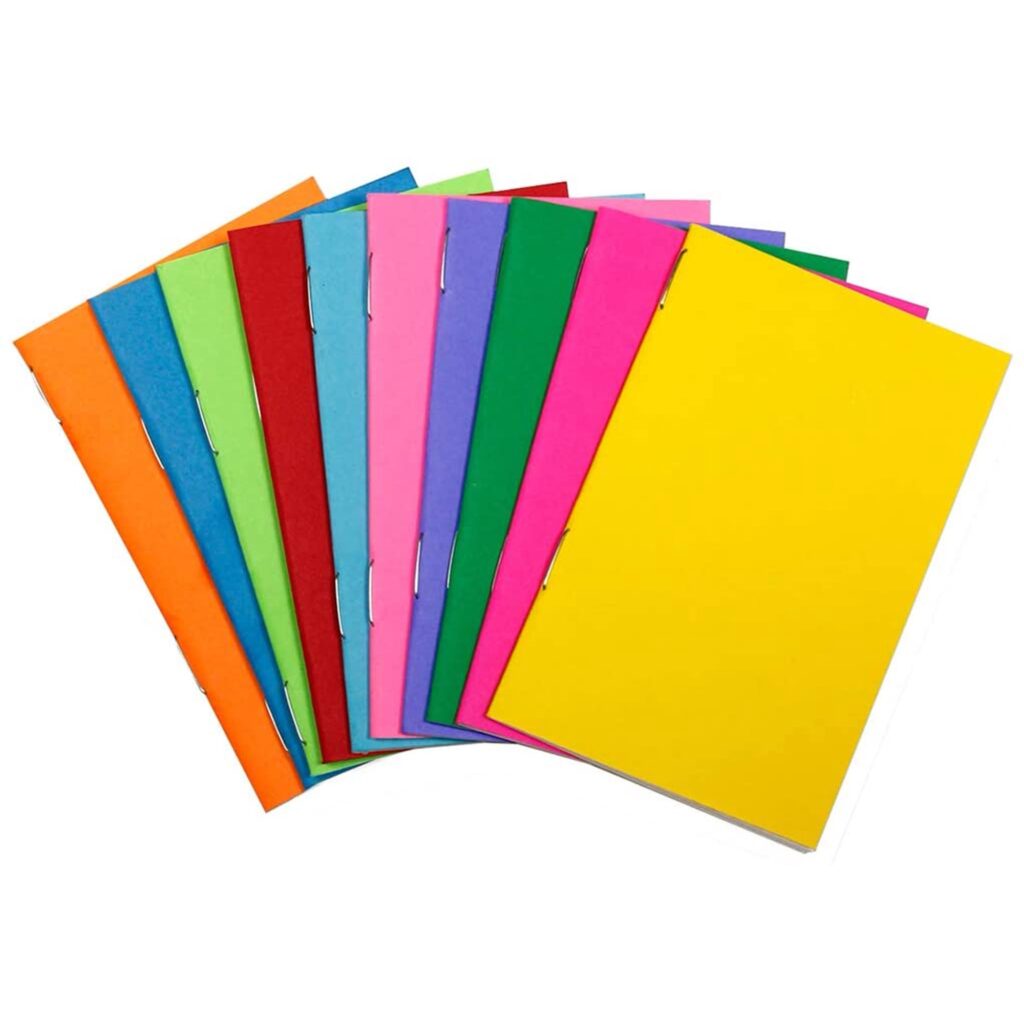
Softcover Notebooks: Softcover notebooks are lightweight and flexible, making them easy to carry around. They are perfect for writers who prefer a more portable option without compromising on quality. Softcover notebooks often come in a range of designs and ruling options, allowing you to find one that suits your style and preferences.
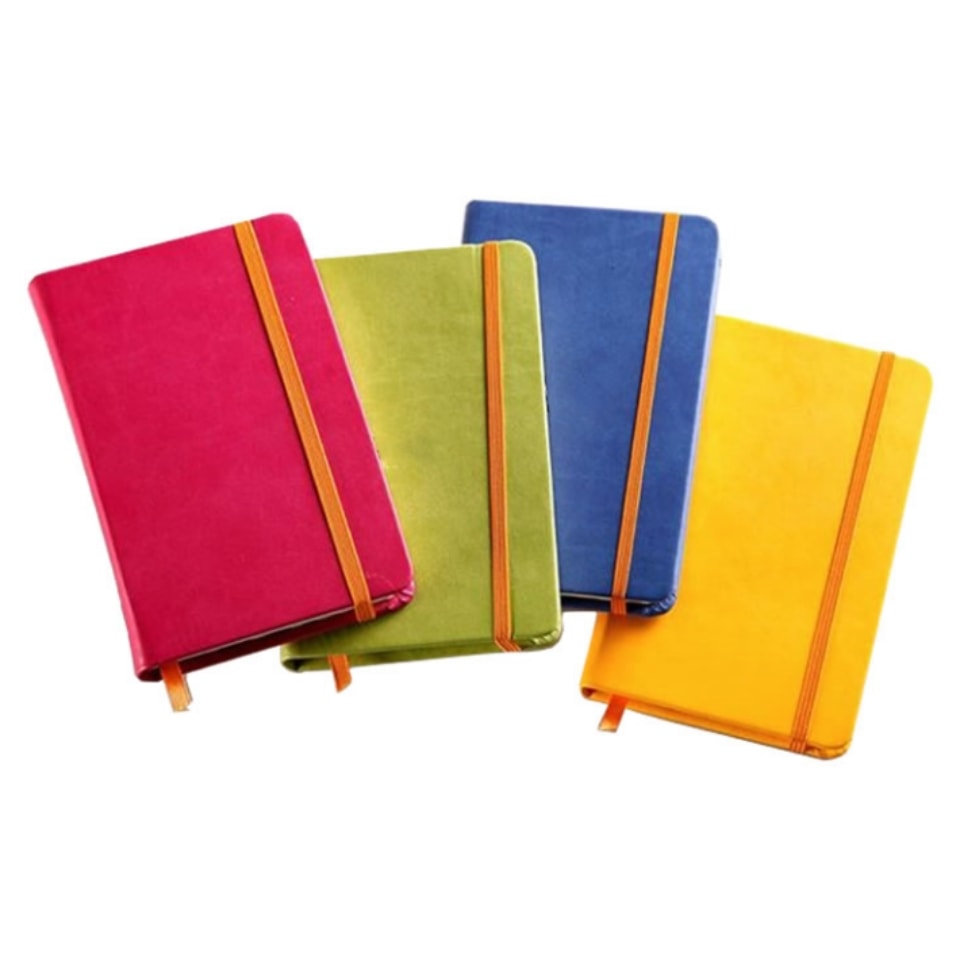
Hardcover Notebooks: Hardcover notebooks have a rigid cover that provides excellent protection for your notes. They are more durable than other types of notebooks and often come with features like elastic closures or bookmarks. They can have ruled, blank, or dot grid paper.
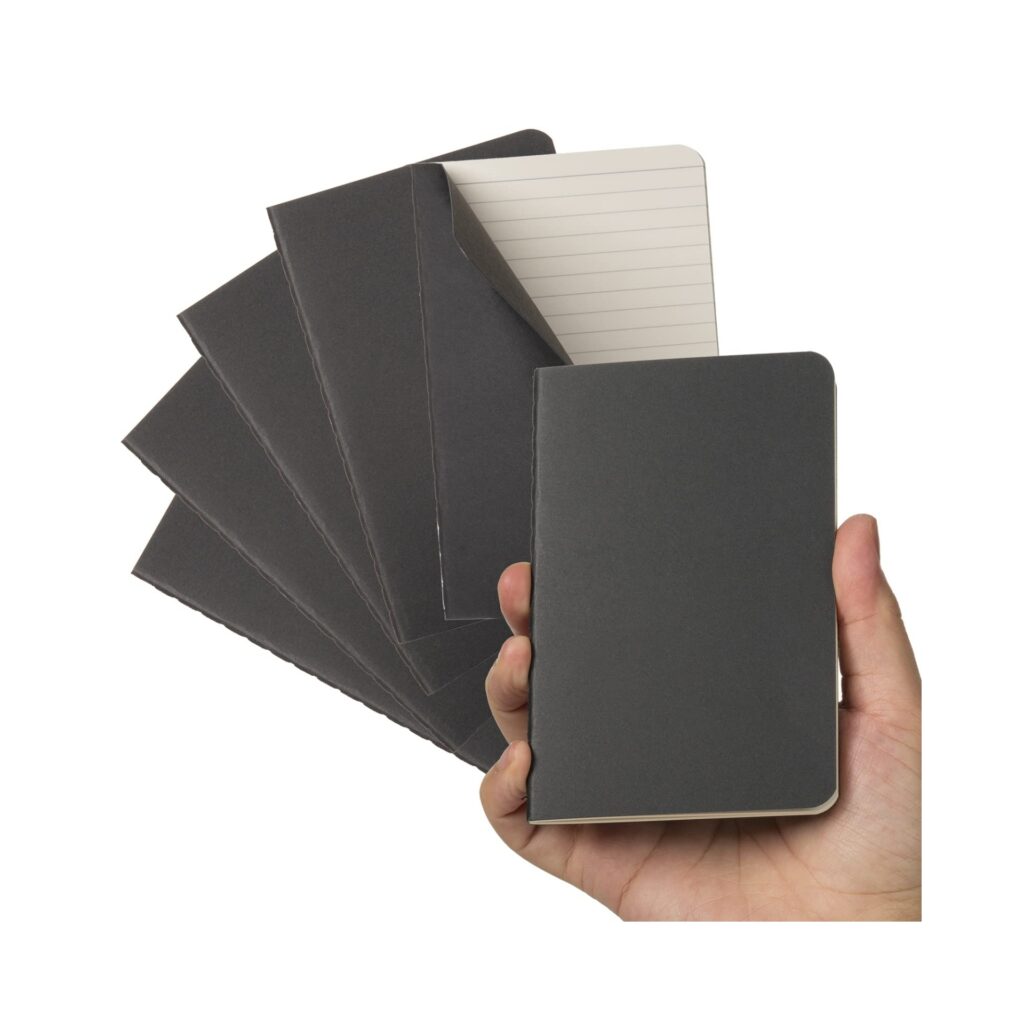
Pocket Notebooks: Pocket notebooks are compact and portable, designed to fit easily into pockets or small bags. They are convenient for quick note-taking on the go. They usually come with ruled or blank pages.
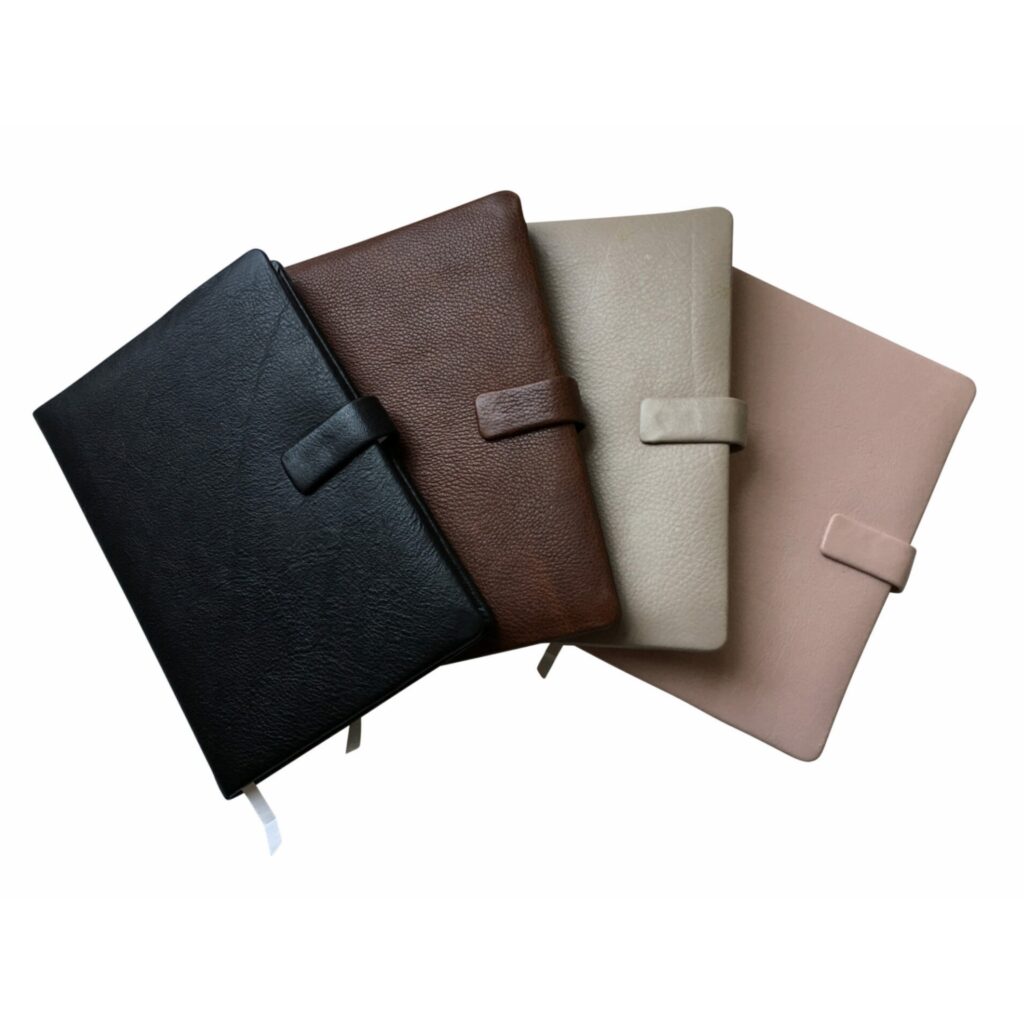
Leather Notebooks: Leather notebooks exude elegance and sophistication, making them a favorite among many writers. They provide a timeless appeal and offer durability to protect your precious writings. Leather-bound notebooks are available in various sizes and ruling options, allowing you to find the perfect one to complement your writing style.

Smart Notebooks: Smart notebooks combine traditional note-taking with digital technology. They have reusable pages that can be wiped clean using special pens or markers. Some smart notebooks also allow you to scan and save your notes digitally.
These are some of the common types of writing notebooks for school that are widely available. Choose the one that best suits your needs, preferences, and the specific requirements of your studies or projects.
| Notebook Type | Description | Advantages | Disadvantages |
|---|---|---|---|
| Spiral Notebooks | Feature a spiral binding for easy page flipping | Affordable and widely available | Pages may tear out easily, less durable |
| Composition Notebooks | Sewn or glued binding with sturdy cover | Durable and long-lasting | Less flexible, cannot add or remove pages |
| Softcover Notebooks | Flexible cover made of soft materials | Lightweight and portable | Less flexibility can be bulkier |
| Hardcover Notebooks | Rigid cover made of sturdy materials | Provides excellent protection for notes | Sewn or glued binding with a sturdy cover |
| Pocket Notebooks | Compact and designed to fit easily in pockets | Convenient for on-the-go note-taking | Limited writing space |
| Leather Notebooks | Covered with genuine or faux leather | Stylish and professional appearance | Can be more expensive, may require care and maintenance |
| Smart Notebooks | Digitally connected notebooks with reusable pages | Environmentally friendly, allows digital backup | Data may be lost |
3. Specifications and Preferences Across Different Countries
Different continents often have different specifications for writing notebooks for school. These specifications can include variations in paper size, ruling patterns, and other features. Here are a few examples:
North America:

- Letter-size (8.5″ x 11″) or legal-size (8.5″ x 14″) notebooks are commonly preferred for writing in North America.
- Wide-ruled or college-ruled paper is commonly used, depending on personal preference.
- Spiral-bound notebooks are popular due to their flexibility and ease of use.
- Many notebooks in North America feature a margin on the left side of the page for additional notes or annotations.
Europe:

- A4-size (8.27″ x 11.69″) notebooks are widely used in Europe, as they are compatible with European paper standards.
- European notebooks often feature a grid ruling or dot grid pattern, allowing for more precise writing and sketching.
- Hardcover notebooks are popular in Europe for their durability and professional appearance.
- Many European notebooks have numbered pages, making it easier to organize and reference information.
Asia:

- B5-size (6.93″ x 9.84″) notebooks are commonly used in Asia, especially in countries like Japan and South Korea.
- Many Asian notebooks feature a combination of ruled and grid pages, catering to both writing and drawing needs.
- Thread-bound notebooks, where the pages are stitched together, are favored for their durability and ability to lay flat.
- Some Asian notebooks may include additional features like page markers, index pages, or themed designs.
Australia:

- A5-size (5.83″ x 8.27″) notebooks are commonly used in Australia, as they offer a balance between portability and writing space.
- Australian notebooks often feature a combination of ruled and blank pages, providing flexibility for both writing and sketching.
- Wire-bound notebooks, with a spiral wire binding, are popular in Australia due to their ease of use and ability to fold back completely.
- Many Australian notebooks have durable covers and are designed to withstand outdoor conditions.
Arica:

- A5-size (5.83″ x 8.27″) or pocket-size notebooks are commonly used in Arica for their portability and convenience.
- Ruled or squared paper is often preferred, depending on individual writing preferences.
- Spiral-bound notebooks are popular in Arica due to their flexibility and ease of use.
- Some notebooks in Arica may have a laminated cover or be water-resistant to withstand the coastal climate.
Please note that these specifications and preferences are based on general observations and can vary depending on individual preferences and cultural differences within the region of local culture.
4. Tips for Using Notebooks Effectively in School
Here are some tips for using notebooks effectively in school:

Keep one notebook per subject: Use separate notebooks for each subject to keep your notes organized and easily accessible. This will help you locate specific information quickly and avoid mixing up different subjects.
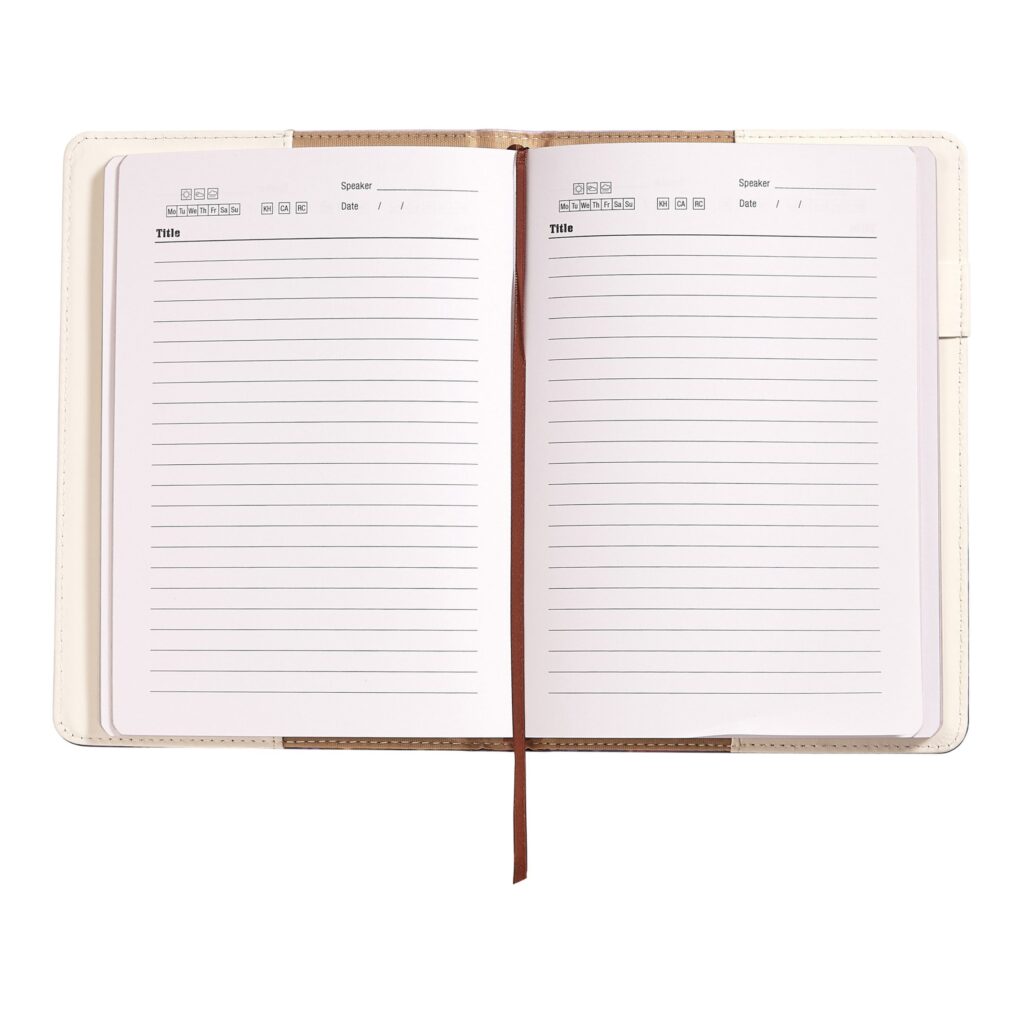
Date and title every page: Start each page with the date and a clear title or topic. This will make it easier to review your notes later and find specific information when studying or completing assignments.
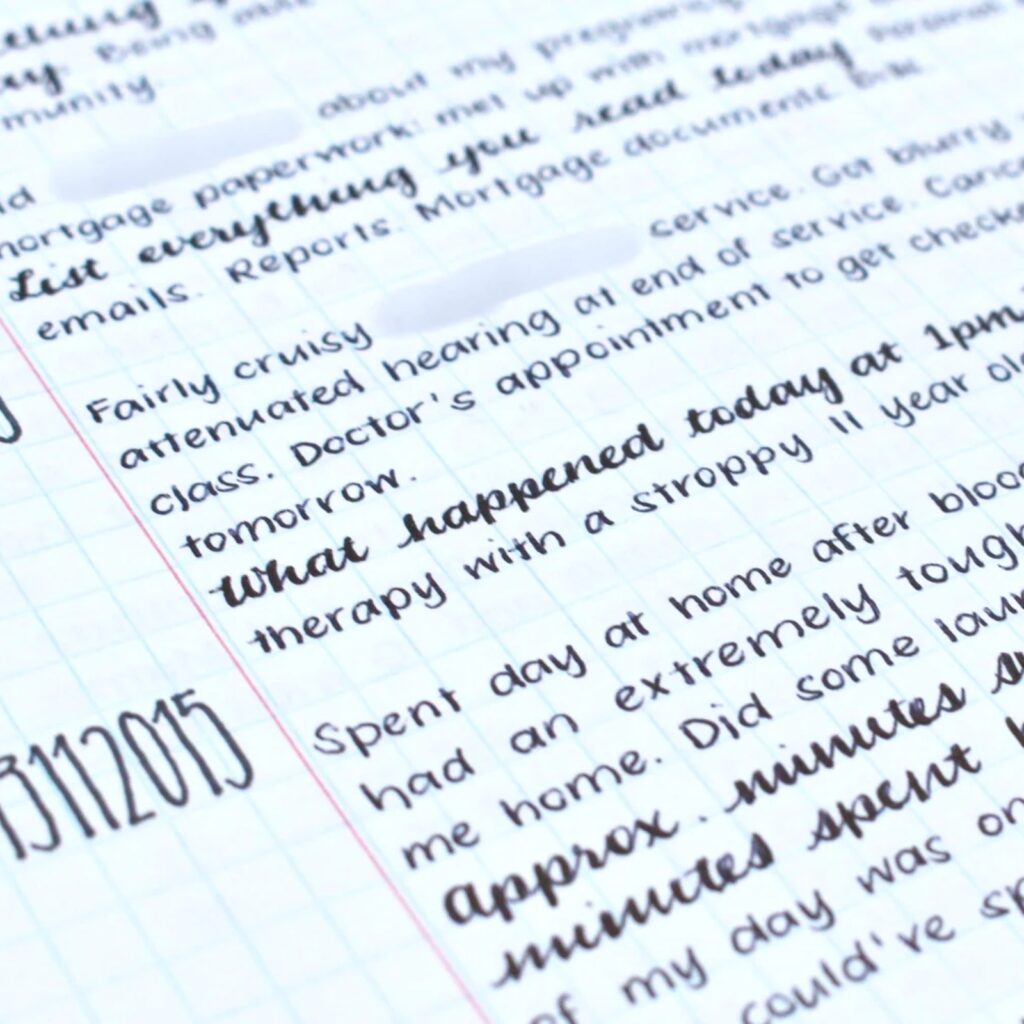
Take clear and neat notes: Develop a clear and legible note-taking style. Use bullet points, headings, and subheadings to organize your information. Keep your handwriting neat, ensuring that your notes are easy to read and understand.
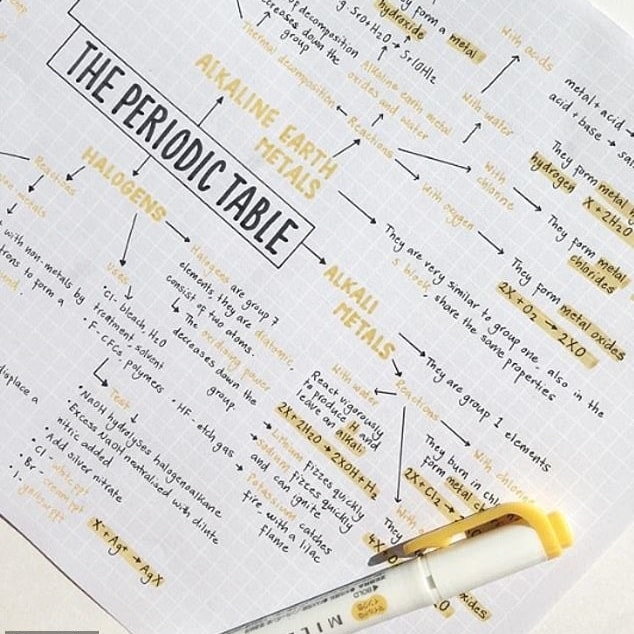
Use abbreviations and symbols: Develop a system of abbreviations and symbols to speed up your note-taking. This can help you capture information more efficiently during lectures or class discussions.

Highlight key points: Use highlighting or underlining to mark important information or key points in your notes. This will help you quickly identify crucial concepts or ideas when reviewing later.
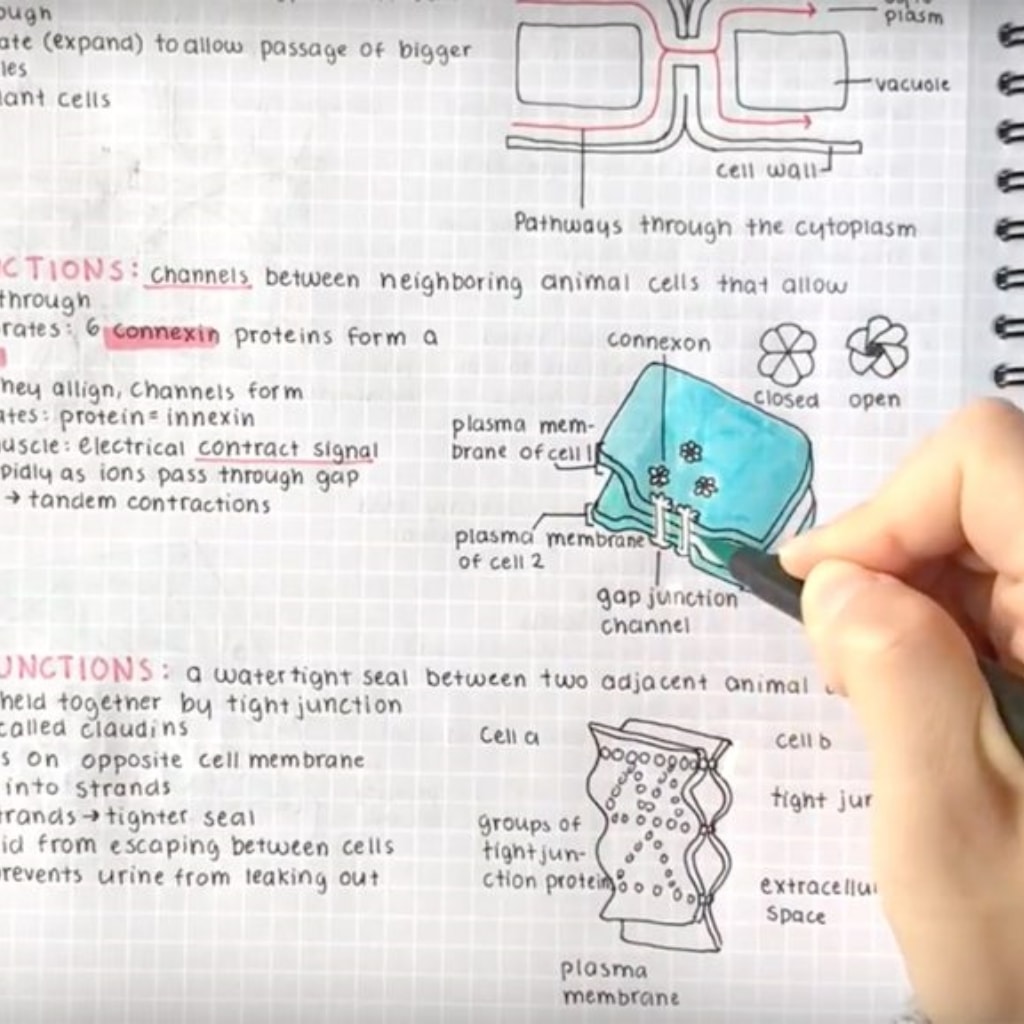
Add visual aids: Incorporate diagrams, charts, or graphs into your notes whenever appropriate. Visual aids can enhance understanding and make complex information easier to comprehend and remember.
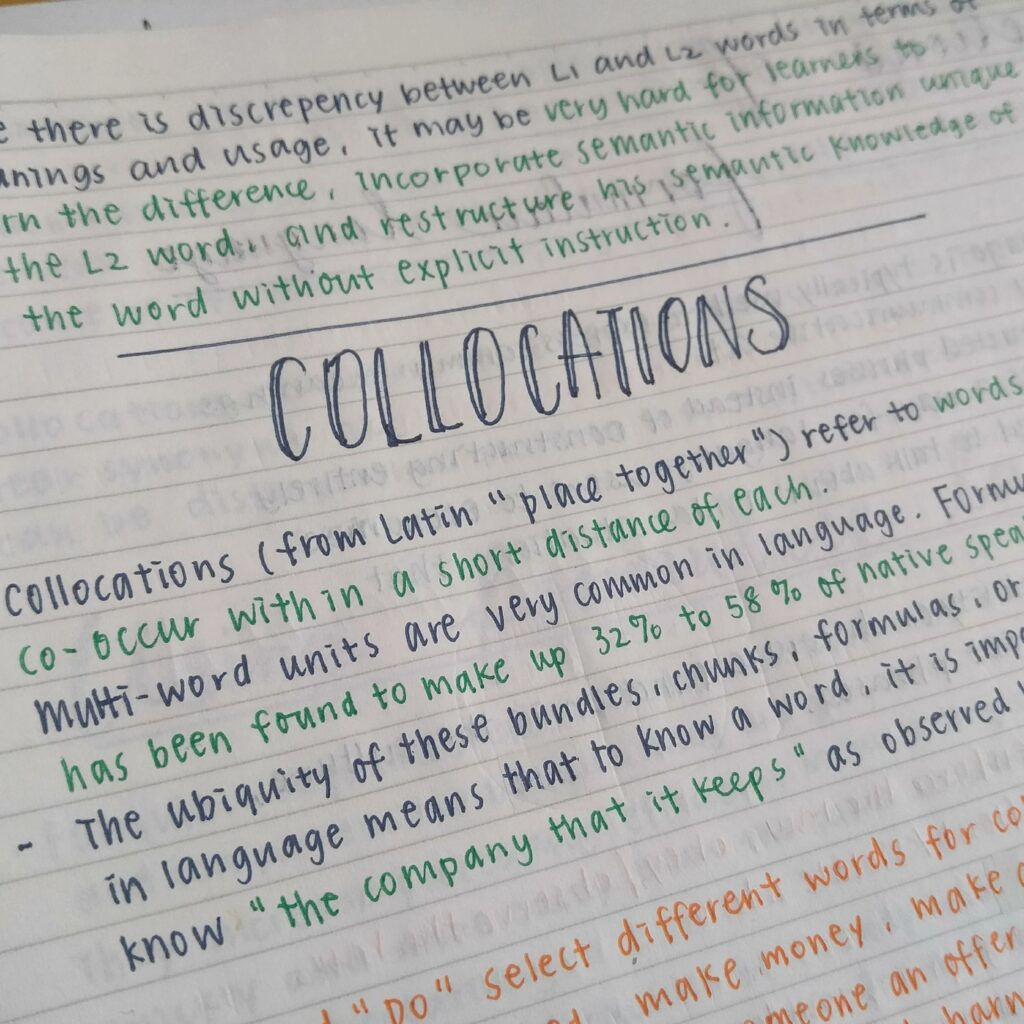
Review and revise regularly: Set aside time regularly to review and revise your notes. This will reinforce your understanding of the material, help you identify any gaps in your knowledge, and prepare you for exams or quizzes.
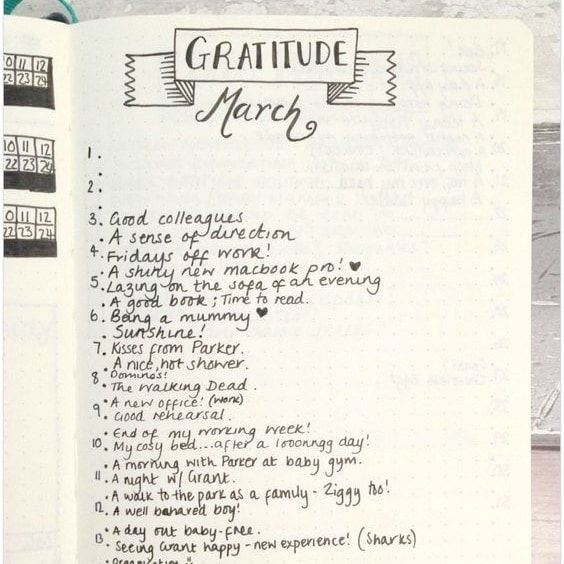
Review and consolidate: Periodically review your notes from different subjects and consolidate related information. Look for connections or overlaps between topics, as this can deepen your understanding and help you see the bigger picture.
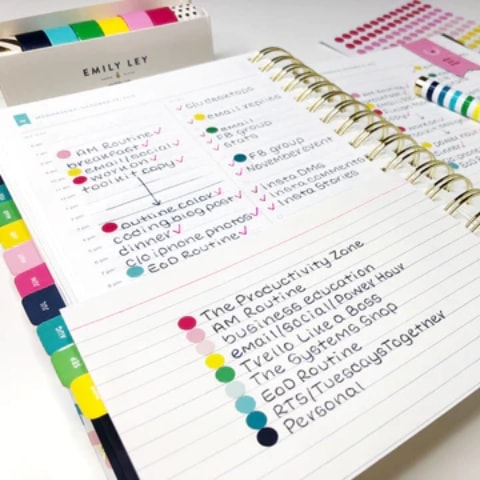
Color-coding and labeling: Use sticky notes or tabs to mark important pages or sections in your notebook. This will make it easier to quickly locate specific information when needed. Assigning different colors to subjects or topics helps in quick visual identification and organization. Use colored pens, highlighters, or stickers to differentiate between different sections or important information.

Back-up your notes: Consider digital backup options to ensure the safety of your notes. Take photos or scan your handwritten notes, or consider using note-taking apps to store digital copies. This can help prevent loss or damage to your physical notebooks
By following these tips, you can make the most of your notebook for school and optimize your learning experience in school. Effective note-taking and organization will contribute to better understanding, retention, and success in your academic pursuits.
5. Popular Notebook Brands for School
When choosing a notebook for school, students can explore several reputable brands that offer high-quality products. Some popular notebook brands include:
Moleskine

Moleskine notebooks are renowned for their iconic design and exceptional quality. They come in various sizes and formats, offering options for different needs and preferences. Moleskine notebooks feature smooth paper, sturdy bindings, and often include additional features like ribbon bookmarks and elastic closures.
Leuchtturm1917

Leuchtturm1917 notebooks are known for their attention to detail and functionality. They offer a wide range of colors, ruling options, and sizes. Leuchtturm1917 notebooks come with numbered pages, an index, and a table of contents, enabling easy organization and navigation.
Five Star

Five Star notebooks are synonymous with durability and reliability. They feature a reinforced spine and heavy-duty covers that can withstand rough handling. Five Star notebooks often include features like plastic dividers, storage pockets, and perforated pages.
Oxford

Oxford notebooks are trusted by students worldwide. They come in various styles and sizes, offering options for different subjects and purposes. Oxford notebooks are known for their high-quality paper, sturdy bindings, and affordability.
Honeyoung

Honeyoung is a professional notebook manufacturer that offers a wide range of notebook options. With a yearly production and export volume of 3600 containers, they have established themselves as a leading provider in the industry.
With over 20 years of experience in stationery and product exportation, Honeyoung expertise lies in producing and exporting various kinds of notebooks for school.
6. FAQs about Notebooks for School

1. What is the best notebook for school?
The best notebook for school depends on individual preferences and requirements. However, some popular choices include spiral-bound notebooks, hardcover notebooks, and composition notebooks. Consider factors such as paper quality, size, ruling, and binding type to determine the best fit for you.
2. Should I choose a college-ruled or wide-ruled notebook for school?
The ruling you choose depends on your handwriting size and personal preference. College-ruled notebooks have narrower lines, allowing more content per page, while wide-ruled notebooks have wider spacing, making them suitable for larger handwriting.
3. Are there eco-friendly notebook options available?
Yes, many notebook brands offer eco-friendly options made from recycled or sustainable materials. Look for notebooks labeled as environmentally friendly or made with recycled paper to support sustainable practices.
(Eco-Friendly Notebooks: The Most Comprehensive Guide)
4. Can I use a notebook with tear-out pages for school?
Tear-out pages can be convenient for submitting assignments or sharing notes. However, ensure that your school or university allows the use of notebooks with removable pages, as some institutions may have specific guidelines on the use of tear-out notebooks.
5. How many pages should a school notebook have?
The number of pages required in a school notebook depends on individual needs and the subjects you’re studying. Consider the volume of notes you take and estimate how many pages you’ll need per semester or academic year.
6. Can I use a digital notebook for school?
Yes, digital notebooks offer a paperless alternative for note-taking and organization. You can use applications and software such as Evernote, OneNote, or Google Docs to create and manage your digital notebooks. However, ensure that digital note-taking aligns with your learning style and preferences.
Conclusion
Choosing the right notebook for school is a crucial decision that impacts your learning experience. By considering factors such as durability, size, paper quality, and organization features, you can find the perfect notebook for school that suits your needs. Remember to check local specifications and seek recommendations to make a well-informed choice. With the right notebook in hand, you’ll be ready to embark on your academic journey with confidence and organization

